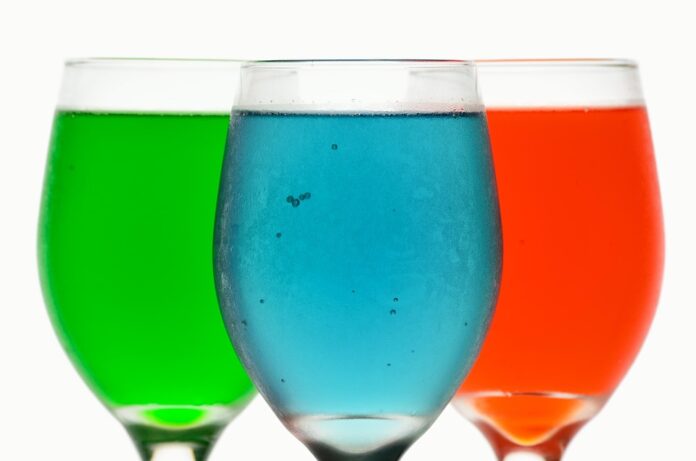Introduction
Viscosity is a critical factor that affects how beverages are packaged and dispensed. Changes in viscosity can impact the flow rate, consistency, and overall consumer experience when it comes to enjoying a beverage. In this report, we will explore the implications of viscosity changes on beverage packaging and dispensing, including the financial aspects, industry insights, and real-world examples.
Impact of Viscosity Changes on Beverage Packaging
1. Flow Rate and Dispensing Efficiency
Viscosity plays a significant role in determining how easily a beverage can flow through packaging and dispensing systems. Higher viscosity liquids, such as syrups or thick shakes, may require specialized packaging with wider openings or dispensing equipment that can handle the thicker consistency. On the other hand, lower viscosity beverages like water or soda can flow more easily through standard packaging and dispensing systems, leading to more efficient dispensing processes.
2. Packaging Design and Material Selection
Changes in viscosity may also influence the design of beverage packaging. For example, beverages with high viscosity may require stronger materials to prevent leakage or breakage, while low viscosity beverages can be stored in lighter packaging materials. Understanding viscosity changes can help beverage companies optimize their packaging design to ensure product integrity and consumer satisfaction.
Financial Implications of Viscosity Changes
1. Cost of Packaging Materials
The cost of packaging materials can vary depending on the viscosity of the beverage being packaged. Higher viscosity beverages may require more expensive materials to ensure product stability and prevent leakage, leading to higher packaging costs. On the other hand, lower viscosity beverages may be packaged in more affordable materials, reducing overall packaging expenses for beverage companies.
2. Equipment Maintenance and Operation Costs
Changes in viscosity can also impact the maintenance and operation costs of packaging and dispensing equipment. Higher viscosity beverages may require more frequent cleaning and maintenance to prevent clogs or malfunctions, increasing operational expenses for beverage manufacturers. Understanding viscosity changes can help companies optimize their equipment maintenance schedules and reduce overall operating costs.
Industry Insights and Real-World Examples
1. Coca-Cola
Coca-Cola, one of the world’s largest beverage companies, carefully monitors viscosity changes in its products to ensure consistent quality and consumer satisfaction. The company invests in state-of-the-art packaging and dispensing systems that can handle a wide range of viscosities, from carbonated sodas to fruit juices. By understanding how viscosity impacts packaging and dispensing, Coca-Cola can deliver a superior beverage experience to its customers.
2. Starbucks
Starbucks, known for its premium coffee and specialty beverages, pays close attention to viscosity changes in its products to maintain the perfect consistency and flavor profile. The company uses specialized packaging and dispensing equipment to ensure that each beverage is served at the optimal viscosity for maximum enjoyment. By prioritizing viscosity control, Starbucks can differentiate its products in a competitive market and build customer loyalty.
Conclusion
In conclusion, viscosity changes have a significant impact on beverage packaging and dispensing. Understanding how viscosity affects flow rate, packaging design, and equipment operation is essential for beverage companies to deliver a high-quality product and enhance the consumer experience. By considering the financial implications, industry insights, and real-world examples of viscosity changes, beverage manufacturers can optimize their packaging and dispensing processes for greater efficiency and customer satisfaction.

